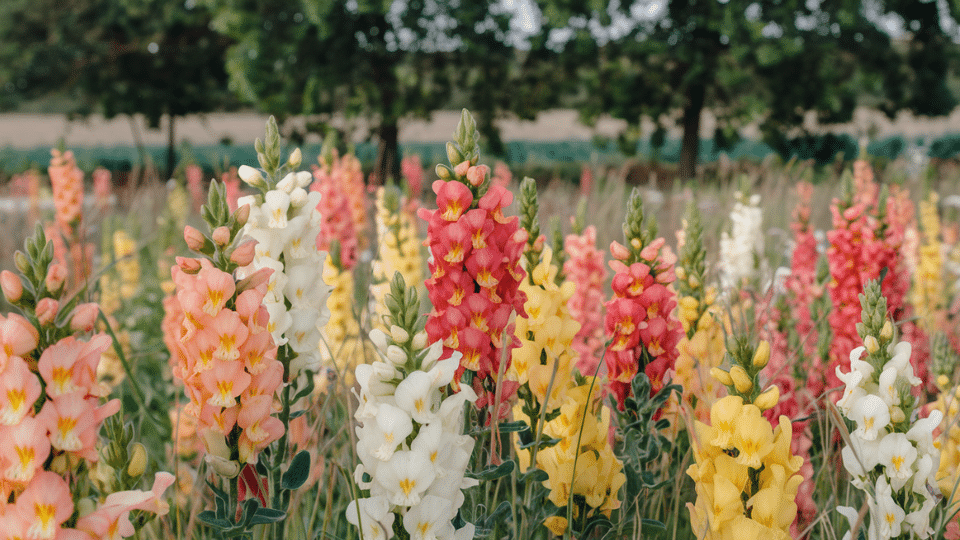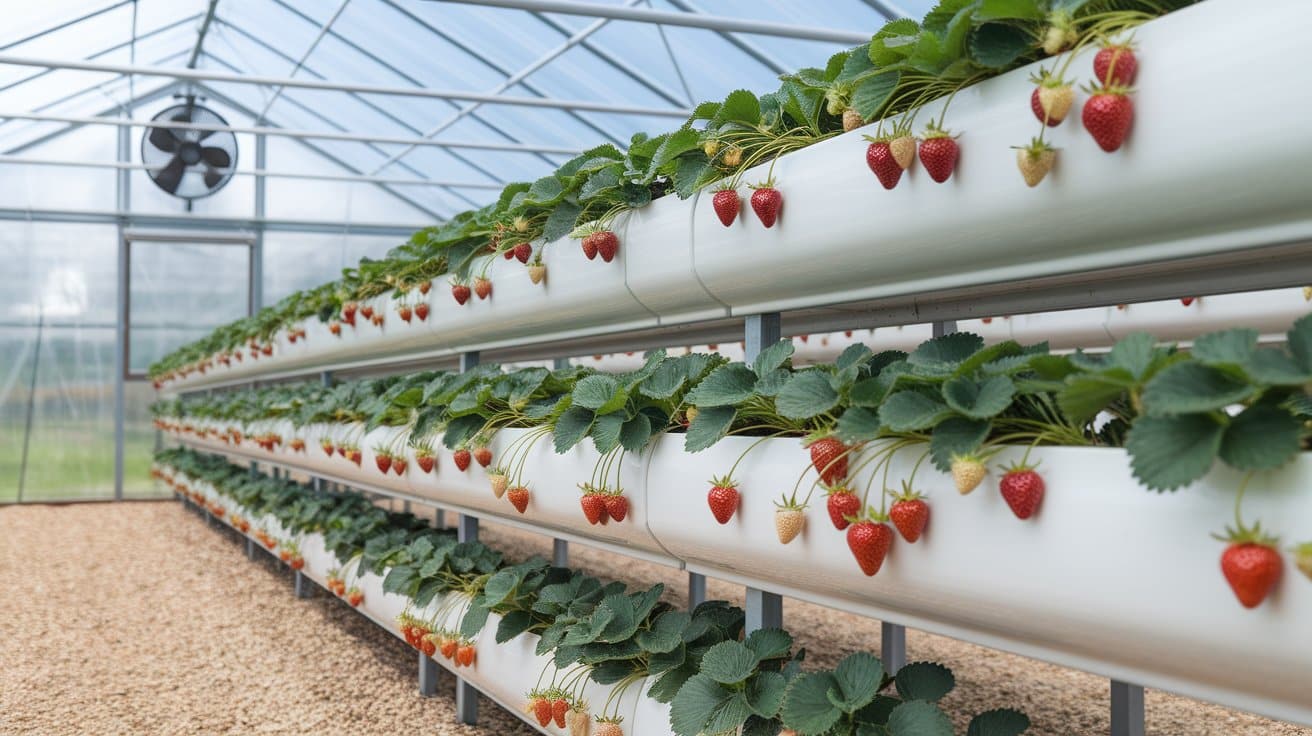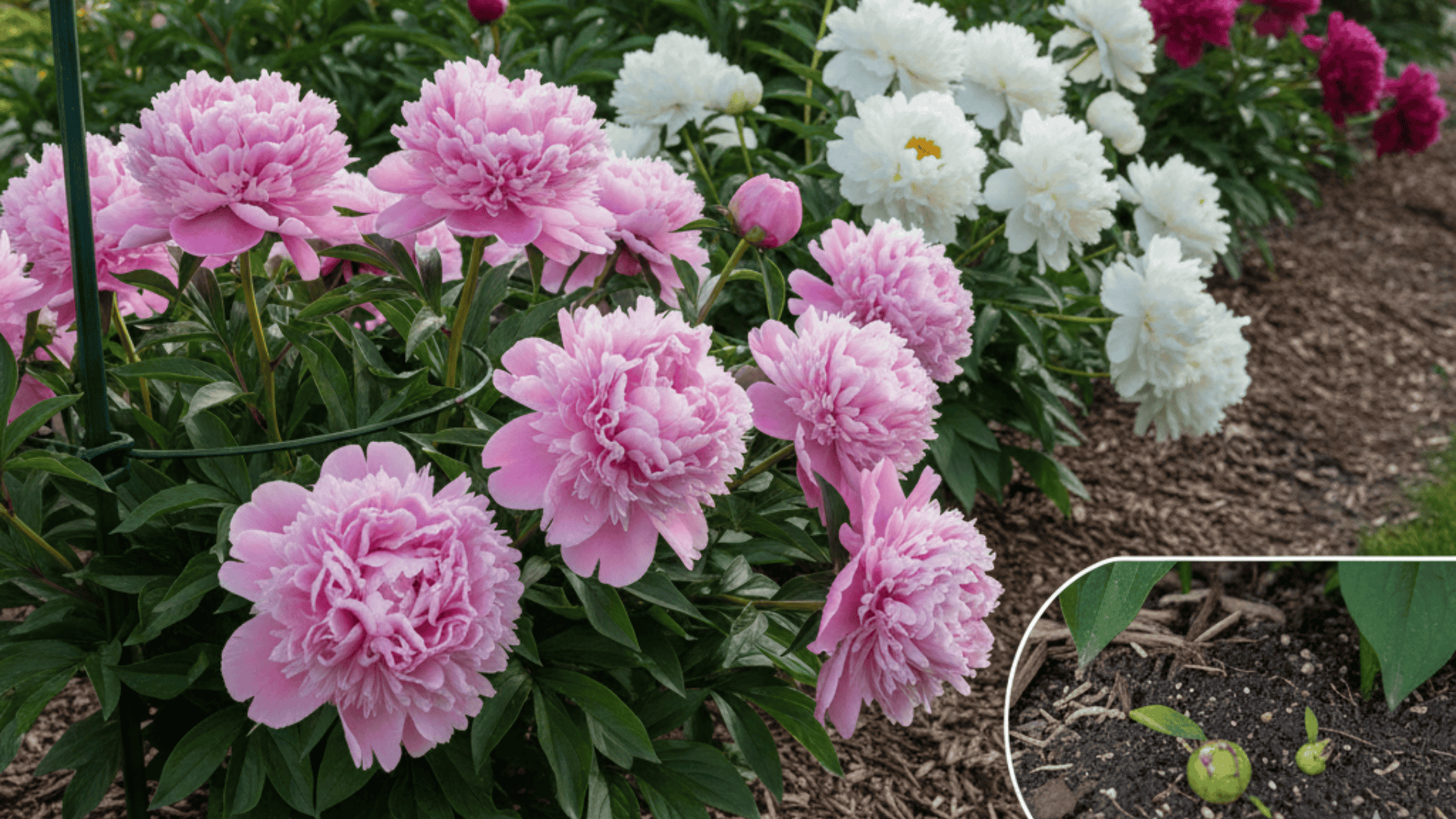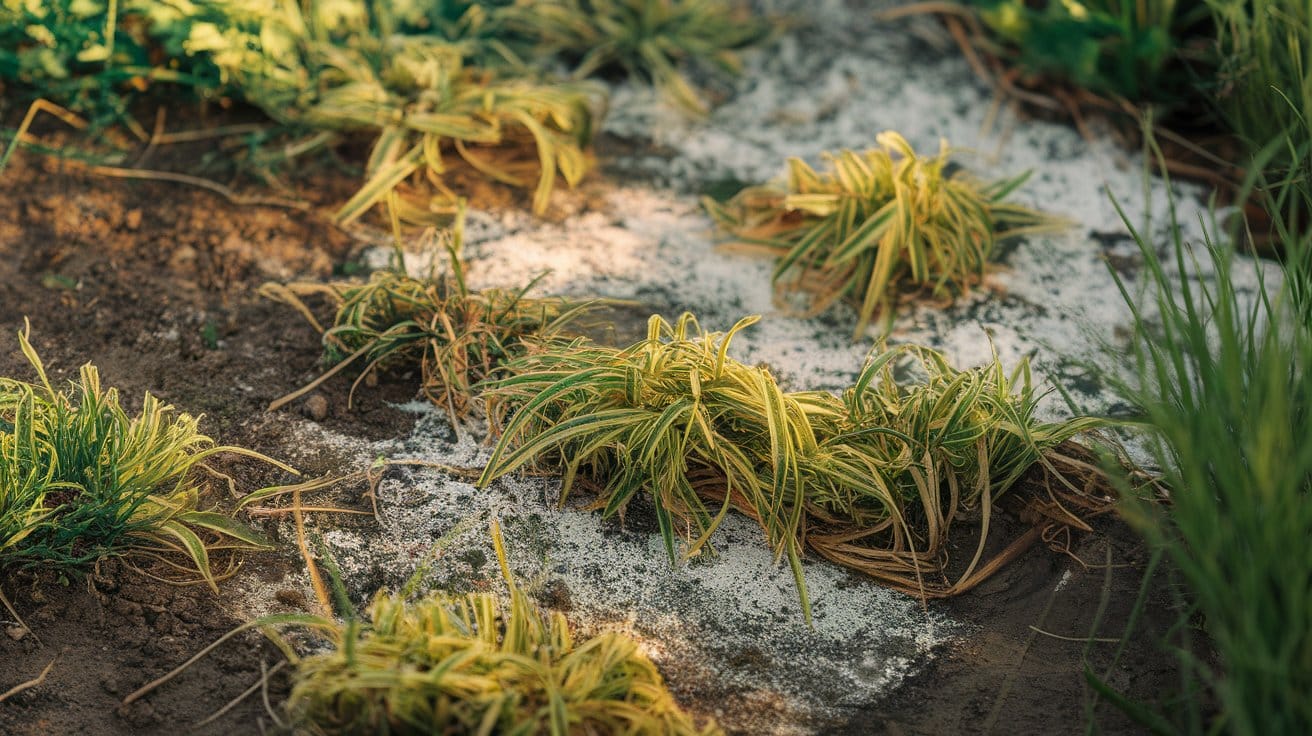Snapdragons are loved across the United States for their bright colors and tall flower spikes.
Their dragon-shaped blooms open and close when lightly touched, fascinating both children and adults alike.
Still, many gardeners struggle to keep these plants blooming throughout the season or protect them from sudden weather changes.
Over the years, I’ve learned simple and effective ways to grow snapdragons that stay healthy and full of color.
In this guide, I’ll share those important lessons I learned over the years.
You’ll find step-by-step tips for planting, watering, and maintaining snapdragon seedlings and mature plants for lasting blooms all season long.
What Are Snapdragons?
Snapdragons are bright, upright flowers known for their dragon-shaped blooms that open and close when gently pressed.
| Feature | Details |
| Genus | Antirrhinum |
| Plant Type | Grown as an Annual or Short-Lived Perennial |
| Best Growing Season | Spring to early summer |
| Preferred Climate | Cool weather |
| Soil Type | Well-drained |
| Colors | Red, pink, yellow, white, purple |
Step-by-Step Process to Grow Snapdragons
Every step plays a role in helping the plant develop strong roots, tall stems, and bright, long-lasting flowers.
Step 1: Choosing the Right Snapdragon Seeds
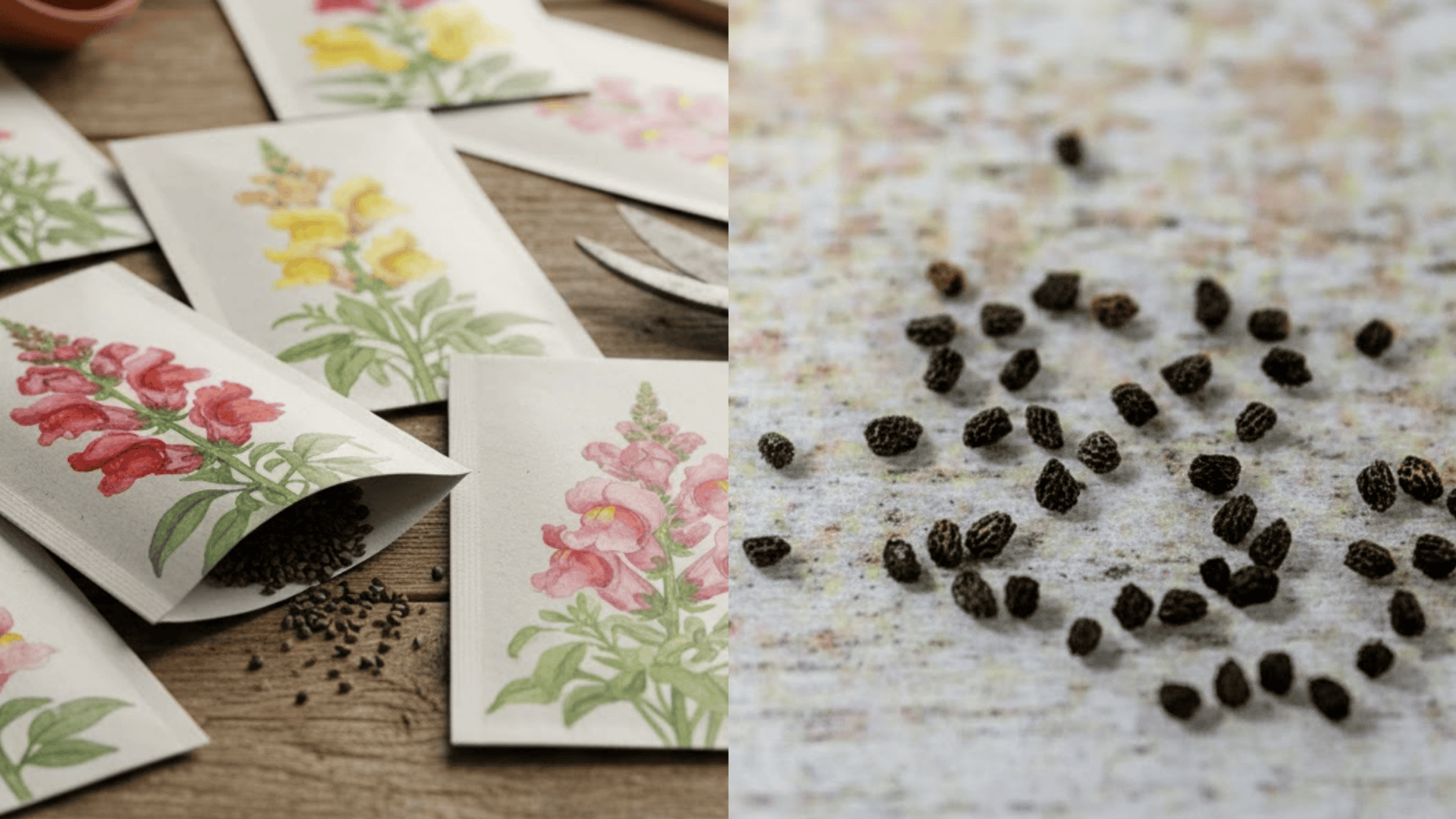
Start by picking the right kind of snapdragons for your space.
Taller varieties look beautiful in garden beds, while shorter ones fit nicely in pots or containers.
Store the seeds in a cool, dry place until planting. Using fresh, good-quality seeds helps the plants grow stronger and produce brighter, healthier flowers later in the season.
Step 2: Sowing the Seeds Indoors
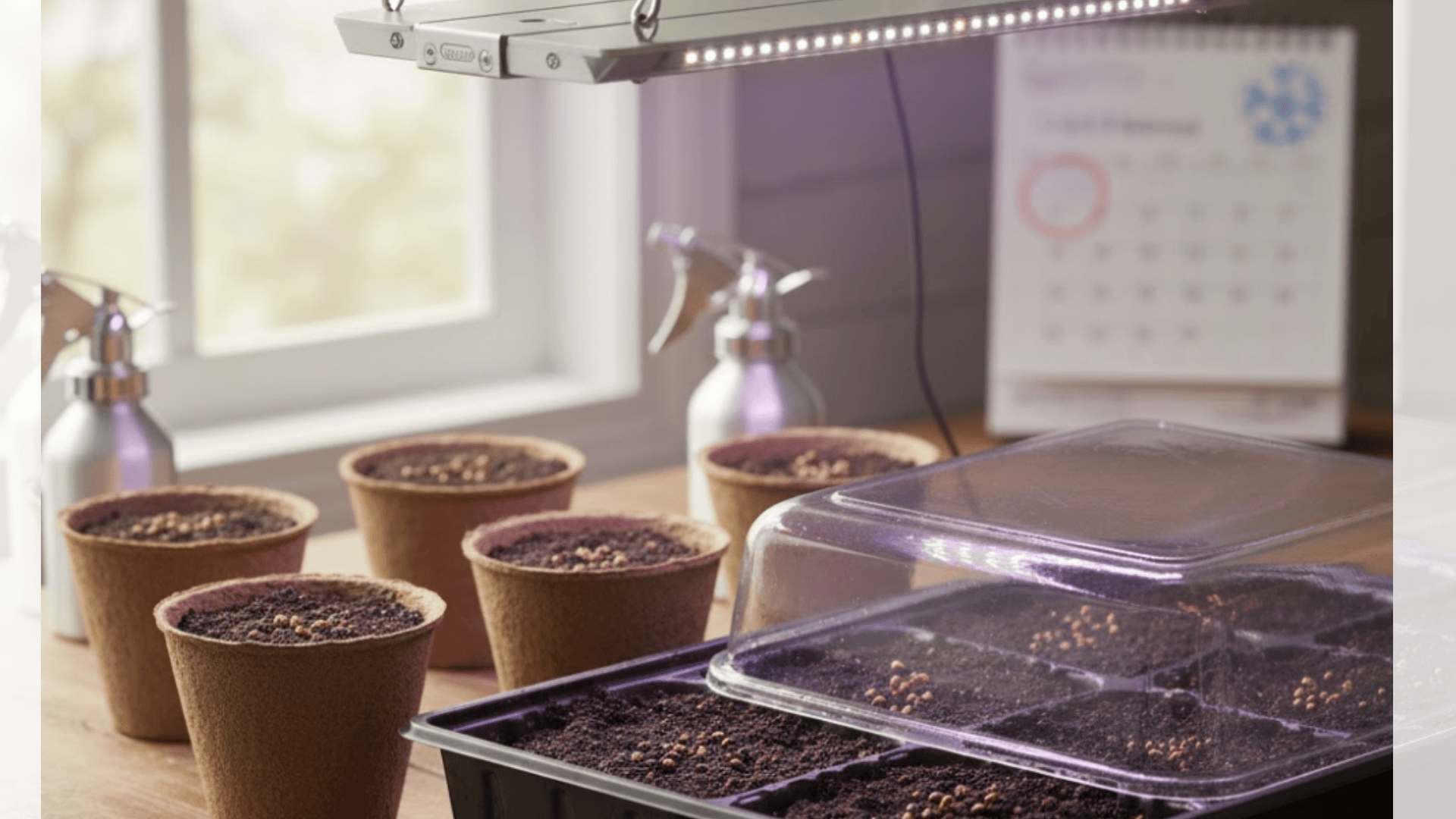
Begin planting indoors eight to ten weeks before the last frost of the season.
Fill a small tray or pots with moist, soft soil.
Gently press the seeds on top, but do not bury them, and then place the tray near a window or under a light, and mist the soil daily.
Step 3: Help the Seeds to Sprout
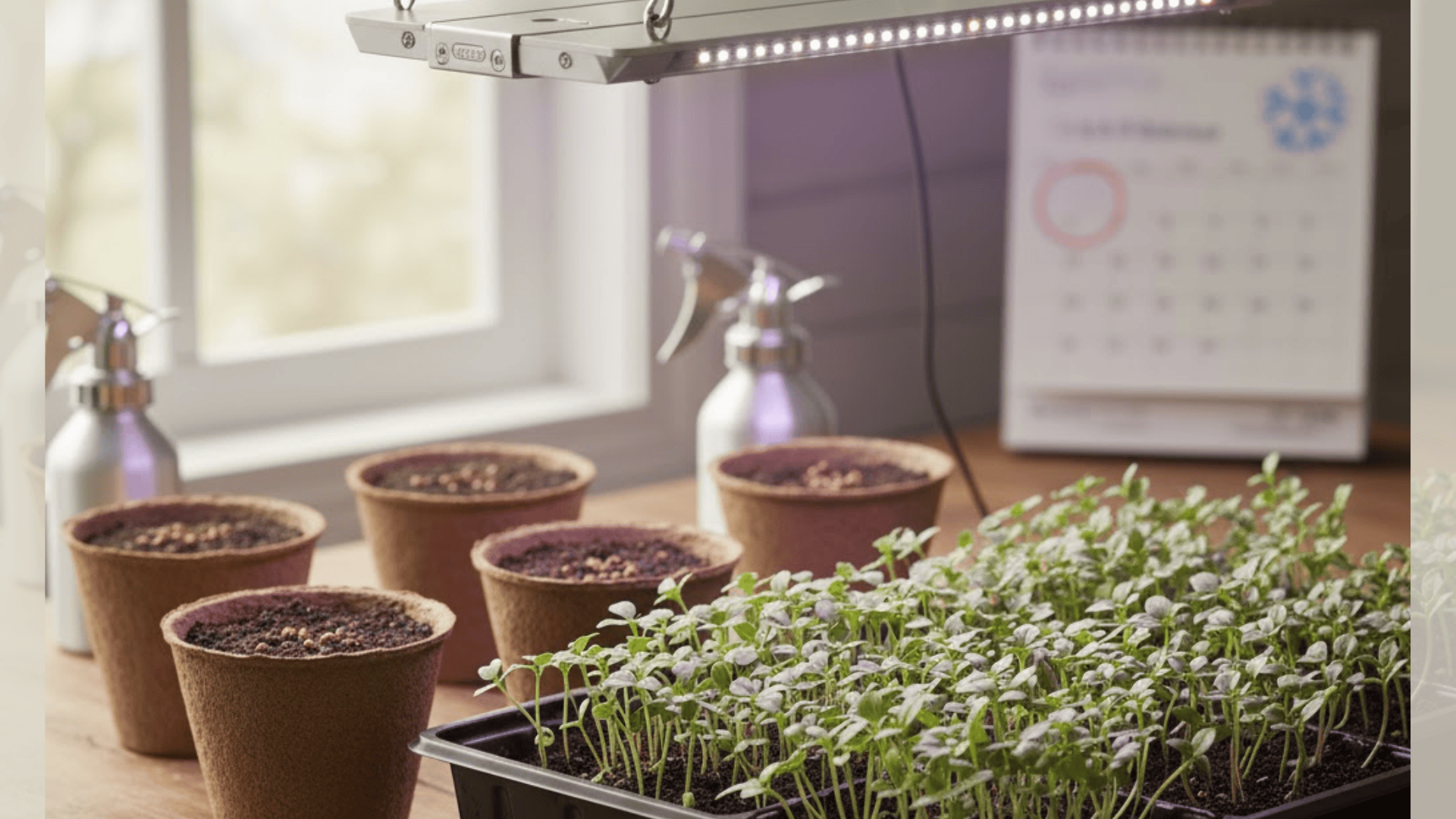
Keep your seed trays in a warm, bright spot so the seeds receive enough light to grow and the soil stays slightly moist.
In about one to two weeks, small green shoots will appear
Avoid overwatering, as too much water can harm the roots.
Once each snapdragon seedling develops a few real leaves, it’ll be ready for transplanting outdoors.
Step 4: Move Snapdragons Outdoors
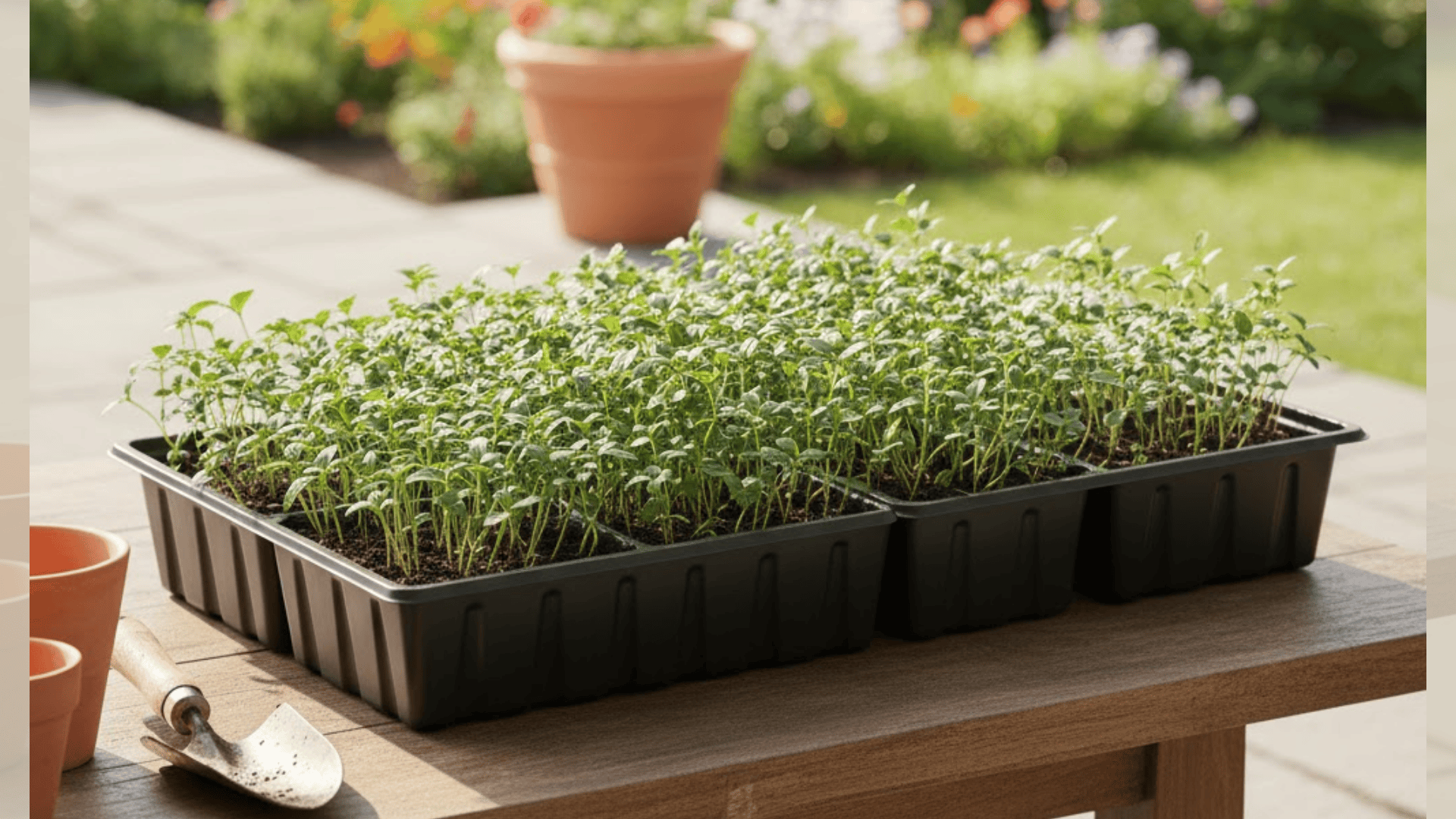
Before planting them outside, help your snapdragon seedlings get used to outdoor conditions.
Place the trays outdoors for a few hours each day for about a week, increasing the time slowly so they can adjust to sunlight, wind, and temperature changes.
Once the seedlings look strong and steady, prepare the garden bed for planting.
Make sure the soil is soft, loose, and drains well before moving them to their sunny new spot.
Step 5: Give Ample Space and Light
Snapdragons grow best when they have enough space and sunlight. The correct spacing and light exposure are essential for healthy growth.
Crowded plants compete for nutrients and are more likely to develop fungal issues.
| Variety Type | Best Placement | Result |
|---|---|---|
| Smaller varieties | Pots, containers, and small garden spaces | Grow compactly and add bright color to limited areas |
| Taller varieties | Flower beds, borders, and open garden areas | Create height, structure, and a bold display of color |
| Proper variety selection | Based on climate and sunlight conditions | Ensures strong growth and abundant blooms throughout the season |
Video Credit:
I’d like to give credit to Regenerative Gardening with Blossom & Branch Farm for their informative video, which served as a reference for this post.
Caring Tips for Snapdragons After Planting
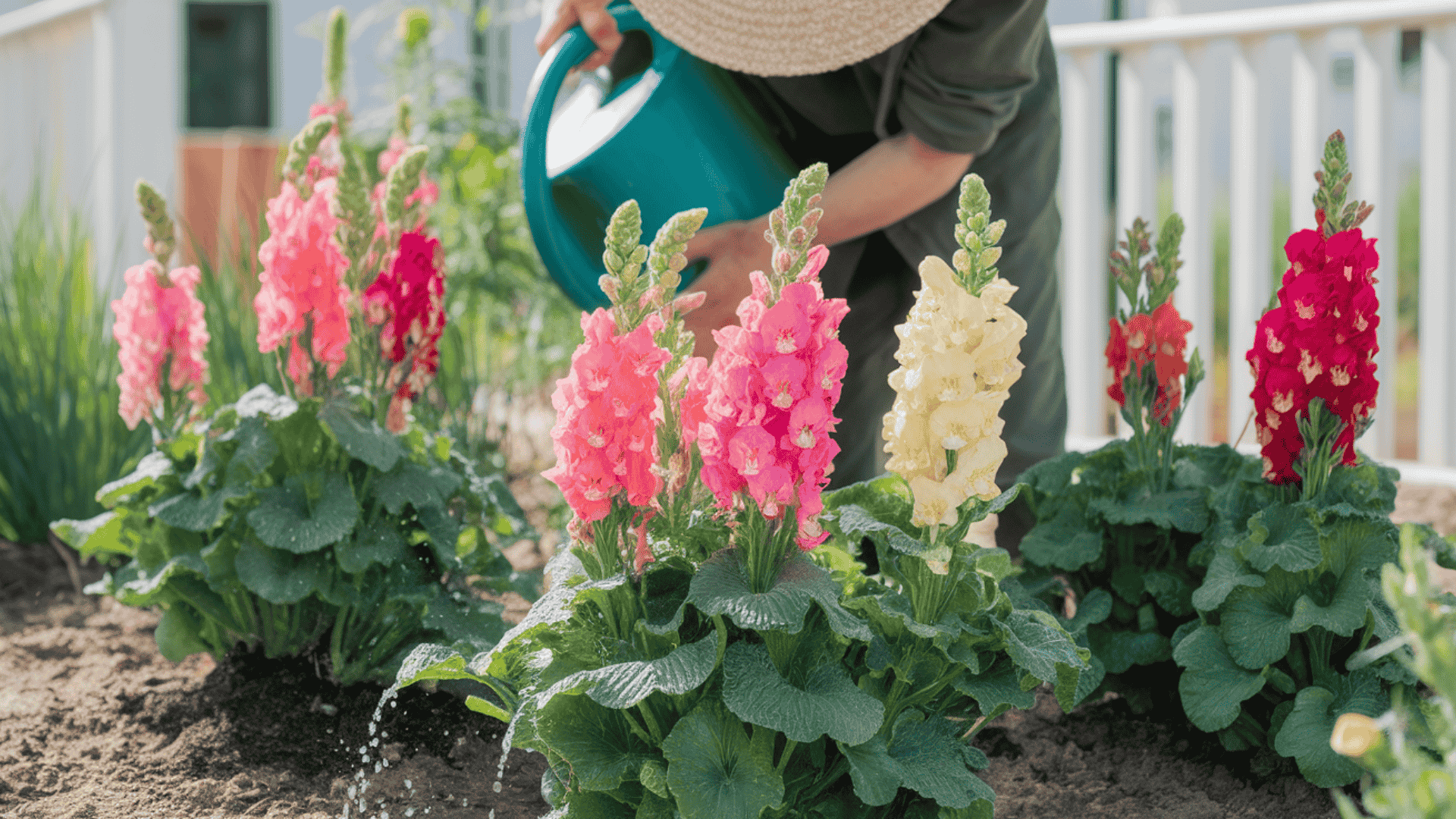
Ongoing care determines how well snapdragons perform.
Even after transplanting, young snapdragon seedlings need steady moisture and nutrition to establish strong roots before they begin producing buds.
1. Watering: Keep the soil evenly moist but not soggy. Water deeply once or twice weekly, depending on rainfall. Avoid wetting leaves directly.
2. Feeding: Apply a balanced fertilizer (10-10-10) every three to four weeks. When plants begin forming buds, switch to a flower-focused fertilizer to encourage steady blooms.
3. Mulching: Add a thin layer of organic mulch to hold moisture and control weeds. Keep it slightly away from the stems to prevent decay.
4. Deadheading: Remove faded flowers regularly. This directs energy toward new growth and keeps the display looking fresh.
How to Support Tall Snapdragon Plants?
Some snapdragons can reach two to three feet tall and may bend under the weight of their flowers.
Support taller plants early in the growing season to prevent damage.
Use bamboo stakes, soft garden ties, or lightweight cages for stability.
Place supports before heavy blooms appear to avoid disturbing roots later.
Supporting your growing snapdragons helps maintain upright, well-formed plants that continue flowering evenly.
Conclusion
Snapdragons bring energy and color to gardens with minimal effort.
They grow best in cooler weather, producing tall, bright blooms that add structure to beds and containers.
From sowing seeds to transplanting and maintaining flowers, each stage can be done with patience and consistency.
By starting indoors, giving plants enough space, watering regularly, and trimming faded blooms, you can enjoy healthy snapdragons that brighten your home for weeks.
Have you tried growing snapdragons before?
Share your experience or tips in the comments below that could help someone start their own beautiful garden.
Frequently Asked Questions
How Long Do Snapdragons Take To Grow From Seeds?
Snapdragon seeds usually germinate within 7–14 days. From sowing to full bloom, growing snapdragons takes around 80–100 days, depending on the variety and climate.
Do Snapdragons Come Back Every Year?
Most snapdragons are grown as annuals but can act as short-lived perennials in mild climates, returning for one or two more blooming seasons.
Can Snapdragons Grow In Partial Shade?
Yes, snapdragons tolerate light shade but bloom best in full sun. Partial shade may reduce flowering, but it helps protect plants during hotter months.
How Do You Keep Snapdragons Blooming Longer?
Regular deadheading and consistent watering encourage continuous blooms. Feeding monthly with a balanced fertilizer also helps extend the flowering period throughout the growing season.

